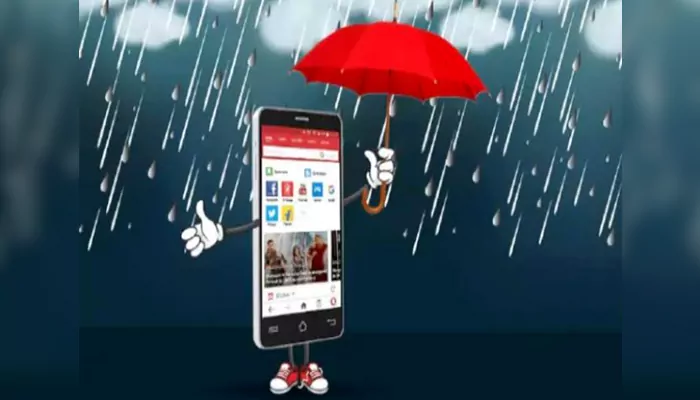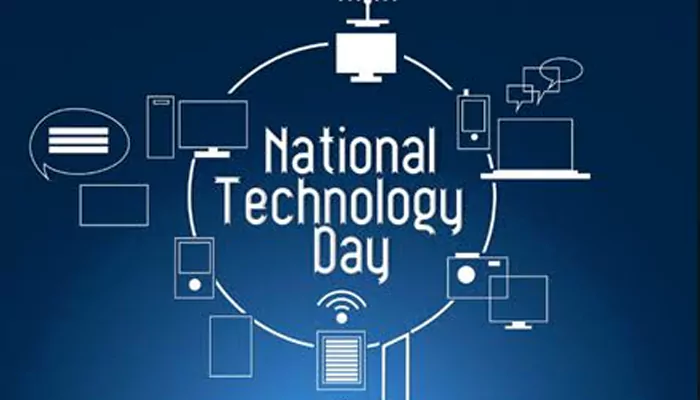Augmented Reality vs. Virtual Reality: Understanding the differences and applications
- Rinks
- 1 year ago
- 3 minutes read

Explore the key differences between Augmented Reality (AR) and Virtual Reality (VR) and their unique applications in various industries.
In the rapidly evolving world of technology, Augmented Reality and Virtual Reality are two of the most exciting innovations. While both technologies share similarities in that they offer immersive experiences, they differ significantly in their applications, purpose, and the way they interact with the real world. Check out the differences between AR and VR, delve into their respective applications, and highlight how they are shaping the future of various industries.
How AR works
AR technology uses cameras, sensors, and advanced algorithms to detect and interpret the user’s environment. Digital content, such as images, text, or animations, is then superimposed onto the real world through a device like a smartphone, tablet, or AR glasses. The result is a blended experience where the physical and digital worlds coexist. AR is widely used in various fields due to its ability to enhance real-world experiences without removing users from their environment.
Education
AR can transform the way students learn by bringing subjects to life. For example, a biology class might use AR to explore the human body in 3D, allowing students to interact with organs and systems in real-time.
Retail
Retailers are using AR to create more engaging shopping experiences. Customers can use AR apps to visualise how furniture will look in their homes or how clothes will fit without needing to physically try them on.
Navigation
AR is revolutionising navigation by overlaying directions on real-world streets and pathways. This can help users find their way in unfamiliar environments with ease.
How VR works
VR headsets contain screens that display a 3D virtual environment. Sensors track the user’s head movements, allowing them to look around the virtual world in all directions. Controllers or hand-tracking devices enable users to interact with the environment, picking up objects, moving around, and even communicating with others in the virtual space. VR is primarily used in applications where full immersion is necessary or beneficial.

Gaming
VR gaming offers an unparalleled level of immersion, allowing players to step into the game world and interact with it as if they were physically present.
Training and simulations
VR is used extensively in training scenarios where real-world practice would be too dangerous or expensive. For example, pilots use VR flight simulators to hone their skills in a safe environment, and surgeons can practise complex procedures without risk to patients.
Augmented Reality and Virtual Reality offer unique and transformative experiences, each with its own set of strengths and applications. While AR enhances our interaction with the real world by overlaying digital information, VR immerses us in entirely virtual environments. As these technologies continue to evolve, their impact on industries such as education, healthcare, gaming, and retail will only grow, offering new possibilities for how we learn, work, and play. Understanding the differences and potential of AR and VR is crucial as we move into a future where digital and physical realities increasingly converge.












